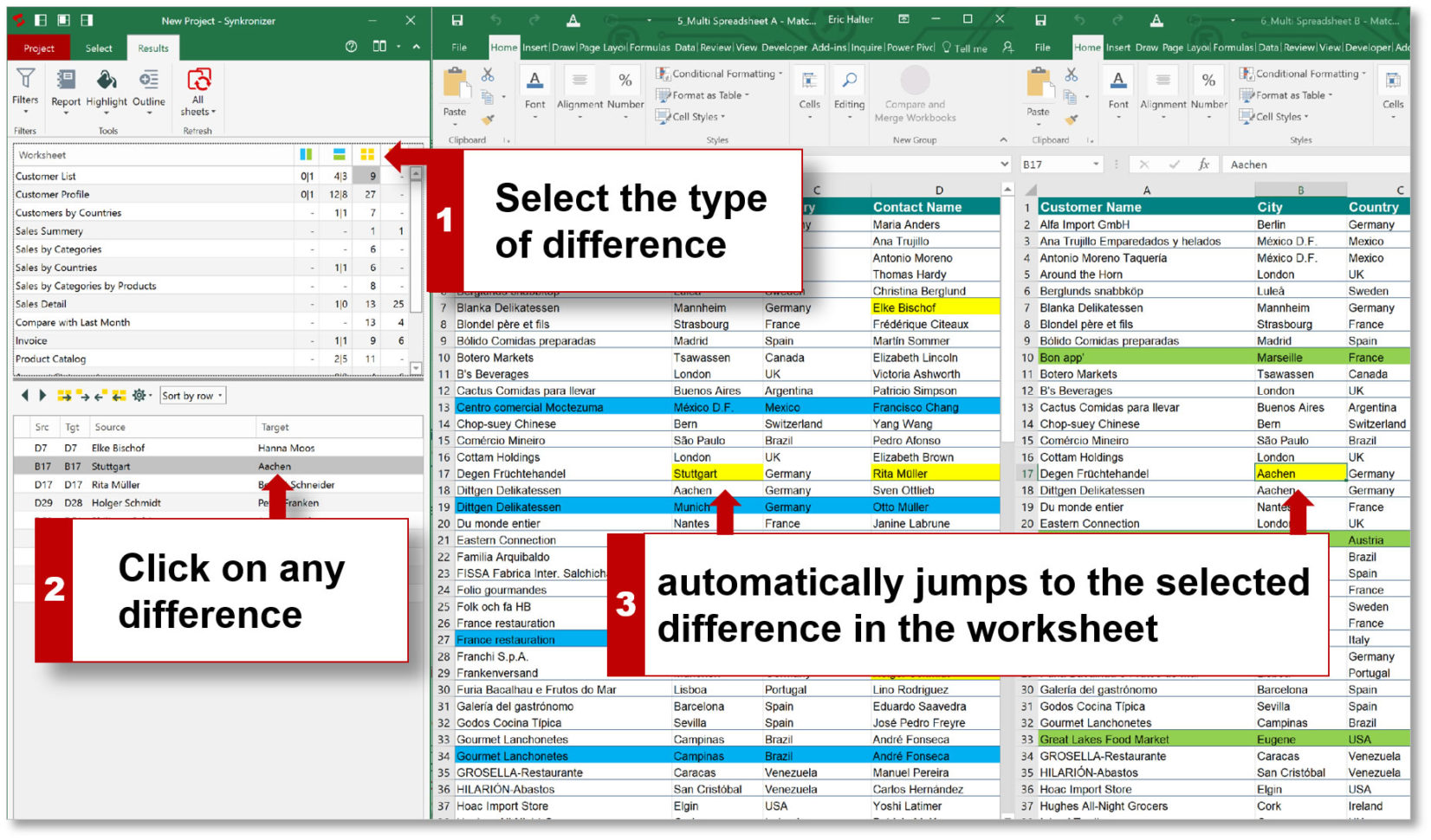Understanding Suffixes: Simplifying Paperwork for Everyone

Suffixes might seem like just a part of our language, but understanding them can greatly simplify everyday tasks, especially when dealing with paperwork. Whether you're filling out forms, writing emails, or working on official documents, knowing how suffixes work can make these tasks less daunting. This blog post delves into the world of suffixes, providing insights into how they can streamline communication and improve efficiency in various administrative and personal tasks.
What Are Suffixes?

In linguistic terms, a suffix is an affix that is added at the end of a word to create a new word or to indicate grammatical function or meaning. Here are some key points to understand about suffixes:
- Function: Suffixes modify the root word to change its tense, part of speech, or to show possession.
- Examples:
- ’-ness’ in ‘kindness’ turns an adjective into a noun.
- ’-ify’ in ‘simplify’ transforms a noun or adjective into a verb.
- ’-ous’ in ‘dangerous’ forms an adjective from a noun.
🔍 Note: Suffixes can often change the spelling of the base word (e.g., ‘beauty’ becomes ‘beautiful’ with the suffix ‘-ful’).
The Role of Suffixes in Paperwork

Suffixes play a critical role in understanding and completing forms:
- Clarifying Roles: Suffixes like ‘-er’ or ‘-or’ can denote professions or roles, e.g., ‘baker’, ‘actor’.
- Indicating Status: Suffixes can specify the legal or marital status, like ‘-Jr.’ for junior or ‘-Sr.’ for senior.
- Form Filling: Correct usage helps in understanding terms like ‘applicant’, ‘recipient’, or ‘beneficiary’.
Here’s how suffixes can be applied in common paperwork scenarios:
| Form Section | Suffix Example | Explanation |
|---|---|---|
| Relationship to Applicant | -ee | Indicates the person to whom something is done, e.g., employee |
| Person/Entity Names | -Jr. | Designates a younger individual with the same name |
| Payment Information | -er | Used in terms like ‘payer’, denoting the person making a payment |

Common Suffixes in Everyday Use

Below are some suffixes you’ll encounter frequently:
- -er, -or: Often added to verbs to form nouns denoting the doer of the action.
- -tion, -sion: Converts verbs into nouns to denote the act, state, or result.
- -ly: Changes adjectives into adverbs.
- -ish: Suggests some characteristic quality, often with an informal tone.
- -ness: Forms abstract nouns from adjectives.
Streamlining Your Writing with Suffixes

Knowing suffixes can make your writing more efficient and clearer:
- Quick Identification: Recognize the function of words faster.
- Versatility: Create new words or alter the meanings to fit contextually.
- Improved Grammar: Ensure correct word usage in sentence structures.
💡 Note: Overusing suffixes can make text complex or cumbersome, so use them judiciously.
How to Teach and Learn Suffixes

Teaching and learning suffixes can be made engaging:
- Word Building Games: Use games like Scrabble or word puzzles focusing on suffixes.
- Interactive Sessions: Interactive sessions where students can form words and discuss their meanings.
- Contextual Examples: Provide examples from literature, movies, or everyday language.
📚 Note: Integrating suffixes in both written and spoken language exercises helps reinforce understanding.
To wrap up, suffixes are more than just letters added to words; they are tools for efficient communication, particularly in administrative tasks. By understanding suffixes, you can handle paperwork with greater ease, communicate more effectively, and enhance your writing. Whether you're navigating job applications, legal documents, or even casual writing, suffixes offer clarity and speed.
What is the difference between a suffix and a prefix?

+
A suffix is added to the end of a word to modify its meaning or function (e.g., ‘ment’ in ‘government’). In contrast, a prefix is added to the beginning of a word for the same purpose (e.g., ‘un’ in ‘unhappy’).
Can suffixes change the spelling of the root word?

+
Yes, suffixes can indeed change the spelling of the root word. For example, ‘happy’ becomes ‘happiness’ with the suffix ‘-ness’, changing the ‘y’ to ‘i’.
How can understanding suffixes help in learning a second language?

+
Understanding suffixes can facilitate language learning by making it easier to guess the meanings of new words, especially if they are structurally similar to those in one’s native language. This also helps in deciphering grammatical rules and creating vocabulary lists.



